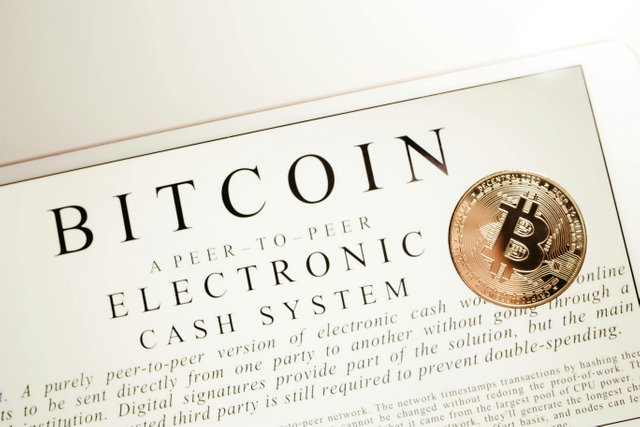
Today marks the beginning of a fascinating journey: learning how to invest in Bitcoin safely and responsibly. In this three-part series, I’ll break down everything you need to know—from the basics to practical strategies. In this first installment, we’ll discuss what Bitcoin really is, how its underlying technology works, and the essential steps you should take before acquiring your first satoshi (the smallest unit of Bitcoin). If you’re new to the world of cryptocurrencies, this article is your starting point.
PERSONAL INTRODUCTION
Let me introduce myself: I’m CryptoMaestro, a financial analyst and cryptocurrency enthusiast since 2017. I’ve closely witnessed the ups and downs of this volatile market—from all-time highs to the so-called “crypto winters.” Over the years, I’ve learned that education is the most powerful tool for any investor. That’s why, in this series, I’ll share not only theoretical concepts but also practical lessons I wish I had known when I started. If you have any questions, feel free to leave them in the comments—this community thrives on dialogue.
WHAT IS BITCOIN AND HOW DOES IT WORK?
Bitcoin is not just a digital currency—it’s a technological and financial revolution. Created in 2009 by the mysterious Satoshi Nakamoto, Bitcoin operates on a decentralized network called blockchain. Think of this network as a giant digital ledger that’s accessible to everyone but impossible to manipulate. Each transaction is recorded in blocks that are chronologically linked and protected by advanced cryptography.
Unlike traditional money, Bitcoin is not controlled by banks or governments. Its value is determined by supply and demand, and its total supply is capped at 21 million units, making it a deflationary asset. This programmed scarcity is one of the key reasons many compare it to digital gold.
ESSENTIAL PREPARATION BEFORE INVESTING
Before buying Bitcoin, it’s crucial to build a solid foundation.
First, take the time to educate yourself. Books like The Bitcoin Standard by Saifedean Ammous or documentaries like Banking on Bitcoin provide valuable insights. I also recommend following experts on social media and joining forums like r/Bitcoin on Reddit, where the community shares analyses and alerts.
Second, define your financial goals. Are you looking to save for the long term to protect your capital from inflation? Or are you aiming for short-term gains through trading? Your strategy will determine how you engage with the market.
Finally, assess your risk tolerance. Bitcoin is known for its volatility—one day it can rise by 20%, and the next, it might drop by 30%. Only invest what you’re willing to lose, and never use money meant for essential expenses.
vLOOKING AHEAD TO THE NEXT INSTALLMENT
Now that you understand the fundamentals of Bitcoin and the mindset needed to invest, you’re ready for the next step. In part 2 of this series, we’ll explore the most reliable platforms for buying Bitcoin, how to choose the right one based on your location and needs, and the best methods for securely storing your cryptocurrencies. We’ll discuss hot and cold wallets, centralized vs. decentralized exchanges, and how to avoid common scams.
In the meantime, I invite you to reflect: what motivates you to invest in Bitcoin? Is it curiosity about the technology, a desire to diversify your portfolio, or the pursuit of financial freedom? Share your thoughts in the comments—this space is just as much yours as it is mine.